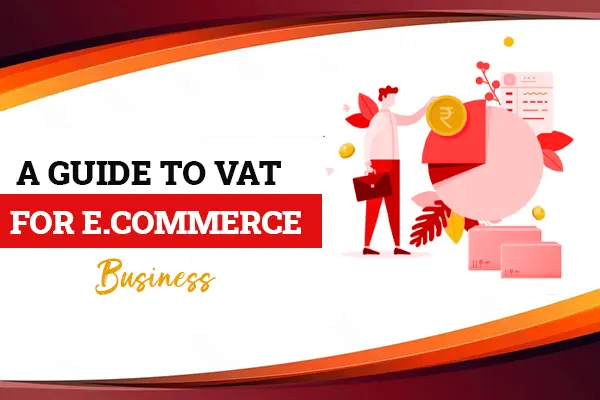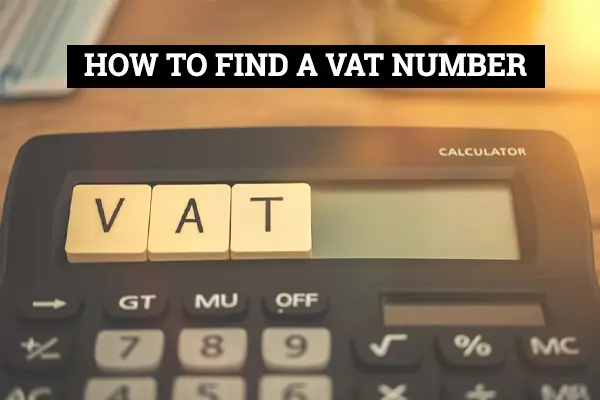VAT Rules and Rates for Cross-Border Transactions
Navigating VAT regulations for cross-border transactions can be complex, especially when dealing with varying rules between the UK and the EU. Whether you’re a business making cross-border supplies of services or dealing with VAT on goods, understanding the intricacies of VAT on cross-border transactions is essential. This guide will cover everything from how to pay cross-border VAT in the EU to new rules post-Brexit, providing a comprehensive overview for businesses operating in this challenging landscape
How to Pay Cross-Border VAT in the EU
How to pay cross-border VAT in the EU is a critical question for businesses engaged in international trade. When goods or services cross borders within the EU, VAT must be paid in the country where the goods or services are consumed. This often requires businesses to register for VAT in multiple EU countries or use a simplified system like the Mini One Stop Shop (MOSS) for digital services. The exact payment process varies depending on the nature of the transaction, but it generally involves submitting a VAT return in the country where the tax is due and paying the applicable VAT rate.
How Does VAT Work Between the UK and EU?
Post-Brexit, the UK is no longer part of the EU VAT regime, leading to significant changes in how VAT is applied to cross-border transactions. VAT on goods from the EU to the UK is now treated as an import, with import VAT payable at the point of entry. Conversely, goods sent from the UK to the EU are treated as exports and are zero-rated for UK VAT purposes. For services, the rules differ based on whether the transaction is B2B or B2C, with specific provisions such as the reverse charge mechanism applicable in some cases.
What is the Place of Supply for VAT?
The place of supply rules determines where VAT is due on a transaction. For goods, the place of supply is typically where the goods are located when the sale takes place. For services, the place of supply depends on the nature of the service and the location of the customer. For B2B services, VAT is usually charged where the customer is established, while for B2C services, VAT is often charged where the supplier is based. Understanding these rules is crucial for ensuring compliance with cross-border VAT regulations.
Comprehensive VAT Return Service
To simplify the complexities of cross-border VAT, many businesses use a comprehensive VAT return service. These services handle the submission of VAT returns in multiple jurisdictions, ensuring that businesses comply with local VAT laws and meet their tax obligations on time. This is particularly important for companies engaged in cross-border trade, as it helps avoid penalties and ensures accurate VAT payments.
Making Cross-Border Supplies of Services to Other Businesses (B2B)
Making cross-border supplies of services to other businesses (B2B) involves specific VAT considerations. In the EU, the reverse charge mechanism often applies, where the buyer accounts for VAT rather than the seller. This rule helps simplify VAT accounting for businesses by reducing the need for multiple VAT registrations. For UK businesses making B2B supplies to EU customers, the transaction is typically zero-rated for UK VAT, but the customer may need to account for VAT under local rules.
Making Cross-Border Supplies of Services Directly to Consumers (B2C)
Making cross-border supplies of services directly to consumers (B2C) follows different rules. For digital services supplied to EU consumers, businesses must charge VAT based on the consumer’s location, and they may need to register for VAT in each EU country where they have customers or use MOSS. Post-Brexit, UK businesses providing services to EU consumers must also comply with these rules, charging VAT at the rate applicable in the consumer’s country.
VAT on Digital Sales Between the UK and EU
VAT on digital sales between the UK and EU is particularly complex post-Brexit. UK businesses selling digital services to EU consumers must charge VAT at the rate applicable in the consumer’s country, similar to the pre-Brexit rules but with additional complexities due to the UK’s new status as a non-EU country. For EU businesses selling digital services to UK customers, the reverse situation applies. They must determine whether to register for UK VAT or rely on customer self-assessment under certain conditions.
UK Businesses Who Sell Digital Services to Consumers in the EU
UK businesses that sell digital services to consumers in the EU must navigate the complex VAT landscape by ensuring they are registered for VAT in the relevant EU countries or using the Non-Union MOSS scheme to simplify the process. This is crucial for compliance and avoiding penalties.
Sellers in the EU Who Sell Digital Services to UK Customers
Sellers in the EU who sell digital services to UK customers face similar challenges, as they must understand the UK’s VAT rules post-Brexit. These sellers need to determine whether they need to register for UK VAT or if their sales fall under the reverse charge mechanism, depending on the nature of their transactions and the thresholds involved.
Current Cross-Border VAT Rules
Current cross-border VAT rules vary significantly between the UK and the EU. Businesses must be aware of the latest changes, such as the UK’s treatment of imports and exports post-Brexit and the EU’s place of supply rules for services. Staying updated with these rules is crucial for compliance and financial planning.
What is MOSS VAT? And How Does it Affect Digital Services?
What is MOSS VAT? The Mini One Stop Shop (MOSS) is a scheme that simplifies VAT compliance for businesses selling digital services to consumers across the EU. Instead of registering for VAT in each EU member state, businesses can register for MOSS in one country and account for all EU VAT through a single return. Post-Brexit, UK businesses use the Non-Union MOSS scheme for their EU sales, which still allows them to manage their EU VAT obligations from a single point.
New Cross-Border VAT Rules
New cross-border VAT rules introduced post-Brexit have reshaped how businesses handle VAT on goods and services between the UK and EU. These changes include the introduction of import VAT, new place of supply rules, and the need for non-EU businesses to comply with EU VAT regulations more stringently. Businesses must stay informed about these updates to avoid non-compliance.
Cross-Border VAT Rates in Europe
Cross-border VAT rates in Europe vary widely, with each country setting its standard and reduced rates. Understanding these rates is crucial for businesses engaged in cross-border trade, as they must apply the correct rate based on the place of supply and the type of goods or services provided.
Do You Pay VAT on Trade?
Do you pay VAT on trade? Yes, VAT is generally payable on cross-border trade within the EU and between the EU and the UK. For goods, import VAT is due when goods enter the UK or EU from another country. For services, VAT may be due based on the place of supply rules, with different treatments for B2B and B2C transactions.
Do US Citizens Pay VAT in the UK?
Do US citizens pay VAT in the UK? Yes, US citizens must pay VAT when purchasing goods and services in the UK, just like any other consumer. The standard VAT rate in the UK applies, which is currently 20%. However, if US citizens are exporting goods back to the US, they may be eligible for a VAT refund on those purchases under certain conditions.
Conclusion
Navigating VAT on Cross-Border transactions between the UK and the EU is complex but crucial for any business involved in international trade. Whether you’re dealing with VAT on services to overseas customers, managing VAT on services from the UK to EU after Brexit, or understanding the VAT on services from EU to UK after Brexit reverse charge, staying informed about the latest rules and rates is essential for compliance and financial success. By understanding these rules, businesses can ensure they are correctly handling their VAT obligations, whether selling to consumers or other businesses and avoid costly mistakes.
















